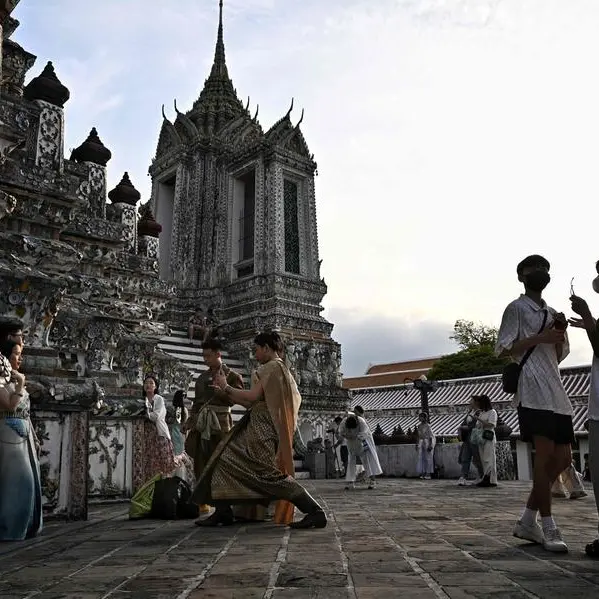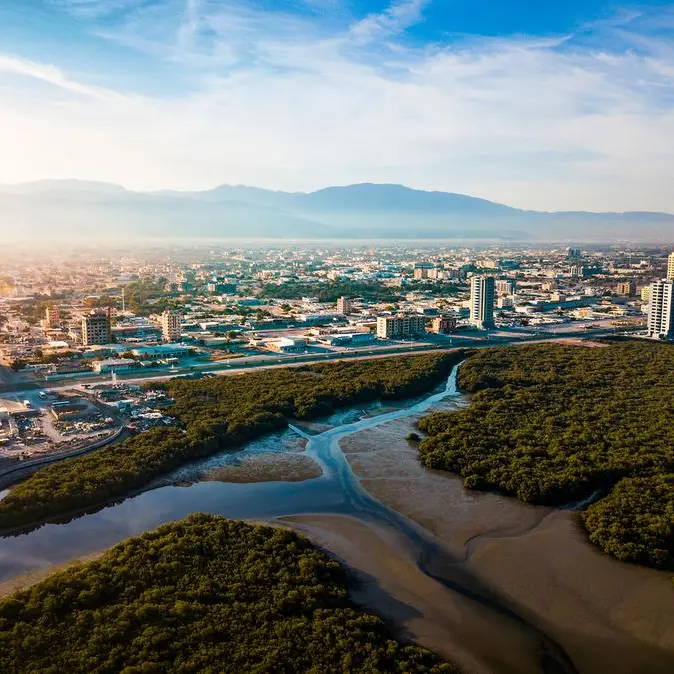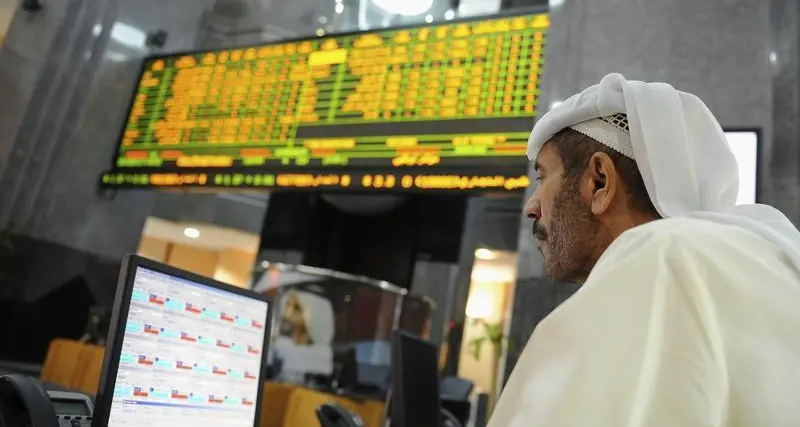RIYADH — Despite a decline in Saudi Arabia’s GDP growth from 3.5 percent in 2015 to just 1.6 percent in 2016, liquidity in the market was eased by the major first time raise of a SR39.7 billion international sovereign bond sale.
According to JLL’s ‘2016 Year in Review’ report of Saudi Arabia, the more positive outlook for the real estate sector began with the resulting government release of payments totaling $10.6 billion to contractors and the SR20 billion injected into the banking system.
The recent OPEC meeting has paved the way for a more positive 2017 economic outlook, with markets eased by an agreement to reduce oil production and more stable prices with an expected average of $50.3/barrel according to Oxford Economics.
“The real estate market in Saudi Arabia has inevitably followed in the wake of macro-economic effects brought about by fluctuating oil prices. The government’s major plans to energize the market have resulted in a more positive outlook for 2017 in line with measures to counteract reduced government and consumer spending,” said Jamil Ghaznawi, Country Head of JLL, Saudi Arabia.
In an effort to diversify the economy and open the real estate market to smaller investors, the Capital Market Authority introduced new rules in 2016 allowing the formation of the Real Estate Investment Traded Funds (REITs) on the local stock exchange.
“The market is optimistic that by introducing REITs, the National Transformation Program’s (NTP) goal to increase real estate contribution to GDP from 5% to 10% annually will be achieved in addition to creating more transparency in the market.”
“In addition these funds could help provide an exit strategy for those developers seeking to create income producing assets rather than developments for sale,” Ghaznawi added.
The report also noted 2016 as an active year for white land tax and home financing which both have implications for the real estate market in 2017 as the changes start to come into effect.
The report highlighted the office, residential, retail and hotel markets across Saudi Arabia with detailed analysis of these sectors in Riyadh, Jeddah and Dammam Metropolitan Area (DMA).
The 2016 office market in Riyadh has been relatively inactive in terms of project materialization given the number of projects under construction. In 2017, the majority of office space will be delivered from one project; the first phase of ITCC (160,000 square meter.) Year-on-year office rents increased marginally by 1% due to an increase in rents outside of the CBD area for grade A and B buildings. Market-wide quarter-on-quarter rents decreased by almost 4%. Vacancies also affected by the economic slowdown.
In the residential market, approximately 4,000 units entered in Q4 2016. A further 25,000 units are expected to enter the market in 2017. In an effort to increase housing supply in the Kingdom, the government has taken initiatives to work with the private sector this year. Apart from Year-on-year rents for both villas and apartment, both of which decreased by 4%, residential performances remained relatively stable across the board in Q4 2016. This has been largely the case in sale and rent prices throughout 2016.
In the retail market there were no further completions in Q4 2016 however, looking ahead to 2017, there are a number of regional and super regional centers in the pipeline. Community center rents remained unchanged both Quarter-on-quarter and Year-on-year. Super regional centers on the other hand continue to show marginal decreases both Quarter-on-quarter (-1%) and Year-on-year (-2%). A trend which is likely to continue throughout 2017. Vacancies increased marginally Year-on-year and reached 9% as of Q4 2016.
In the hotel market there were no changes to the Riyadh hotel supply during the last quarter of the year and the total number of rooms was 11,800 at the end of the year. A further 4,300 keys are initially expected for 2017, among them several projects postponed from 2015 and 2016. The decline in demand from the business and public sector segments of the market highlights the need for Riyadh’s hospitality to diversify and to reduce its reliance on business tourism.
In Jeddah, the beginning of 2016 saw office rents soften before marginally decreasing over the remainder of the year reflecting the contracting economic conditions in the market. Current supply of office space in Jeddah reached almost 984,000 square meter in Q4 2016. The most notable completion in 2016 was Emaar Square, which added almost 24,000 square meter to the market and was the largest completion in Jeddah since the Headquarters which entered the market in 2014. Year-on-year vacancy rates remained stable in Q4 2016 at 6% despite a number of vacancies over the last two quarters. Further declines in lease rates and occupancies are expected over 2017.
In the residential market, although there were limited notable completions in 2016, the projects which did complete were part of a growing concept of quality lifestyle developments. A total of approximately 4,000 units were added to the market over the last quarter. The first half of 2017 is expected to see a number of developments enter the market which were delayed from 2016. Following the continuous growth witnessed in 2015, apartment rental growth slowed over 2016 and Q4 2016 saw a further slowdown in Year-on-year apartment rents which increased marginally by less than 1%. Sales prices decreased across the board in Q4 2016 for both apartments and villas. Sales prices may decrease further in 2017, given the decrease in residential transactions by 16% in 2016, compared to 2015, according to the Ministry of Justice.
In the retail sector the largest completion in 2016 was Al Yasmin Mall, the first quality shopping center to open in the area, which added over 58,000 square meter of quality retail space. Current supply of retail space in the market stands at 1.15 million square meter. Expansion plans within Jeddah seem to be put on hold until there is more economic clarity. The second half of 2016 witnessed the beginning of the impact of weakening household spending retail performance in Jeddah. Year-on-year rents decreased by 2% and 3% for regional and super regional centers respectively. Quarter-on-quarter lease rates for regional centers remained unchanged but decreased by 2% for super regional centers.
The hotel sector in Jeddah has been active over 2016 with six hotels opening throughout the year. The materialisation of several projects in 2016 has increased the supply of quality hotel keys in Jeddah by around 1,200 keys which is a 14% increase compared to last year. Looking ahead, further completions are expected in 2017. Weaker spending power amongst Saudis is likely to see the number of outbound tourist trips decrease from Saudi households and the development of the entertainment and tourism sectors in the already popular tourist city. Year to November occupancy rates in Jeddah were 68%, down by almost 7% compared to the same period last year and which can be largely explained by the decrease in business tourism. Average daily rates (ADRs) however, have increased by 4% to USD 264 year to November; the highest in KSA and the region.
Damam Metropolitan Area (DMA) Market Summary – Office, residential, retail and hotel summary
There was positive news for the current b with the delay in the materialization of large master planned projects in the Damam Metropolitan Area, such as the Marina development and Al Rashed City. Al Mahmal Commercial Center, which added approximately12,000 square meter of office space, was the only major completion in the second half of 2016. Looking ahead to 2017, a large area of office space is expected to enter an already oversupplied market including Abdul Karim Tower and Al Hajri Tower. Out of the three main cities in Saudi, the Damam Metropolitan Area (DMA) has the lowest average rents for office spaces which currently stand at SR970. Vacancies in Q4 2016 averaged 39%.The high occupancy rates are due to oversupply in the market caused by the completion of a number of mid-scale projects.
In the residential market the supply of units in the DMA was approximately 340,000 units at the end of the year. Approximately 9,000 units entered the market over the year. There were no major completions in the second half of 2016.
Future supply may face some delays in materializing as some large scale projects, such as the remaining phases of Al Khobar Lakes, face delays. Rents increased by 3% and 4% respectively over the second half of 2016. This is expected to slow further in 2017. Sales prices remained unchanged over the last six months. Prices are expected to show signs of decreasing in 2017.
In the retail sector there were no major completions in the second half of 2016. Current supply of retail space in the DMA in Q4 2016 was 1.024 million square meter. Only one neighborhood center is expected to complete in 2017. Weaker spending power amongst local residents may actually benefit the Damam Metropolitan Area unlike Jeddah or Riyadh where the effects of weaker spending have begun to emerge. Given the limited supply entering the market and the likely delay in the delivery of some of the planned and under construction centers in the DMA; rents are likely to plateau over the next year.
In the hotel market the second half of 2016 witnessed the opening of two internationally branded hotels in the DMA. Although a number of hotels are currently in advanced stages of construction, only one hotel is expected to open in 2017. The contraction in the oil and gas sector had a direct impact on the DMA hospitality market due to its reliance on business tourism. Year to November occupancy rates in the DMA have dropped significantly (-12%) to 55% compared to 67% over the same period in 2015. Unlike Jeddah, where ADRs remained high despite decreasing occupancies, ADRs in the DMA have decreased by almost 3% to reach $165.
© The Saudi Gazette 2017











